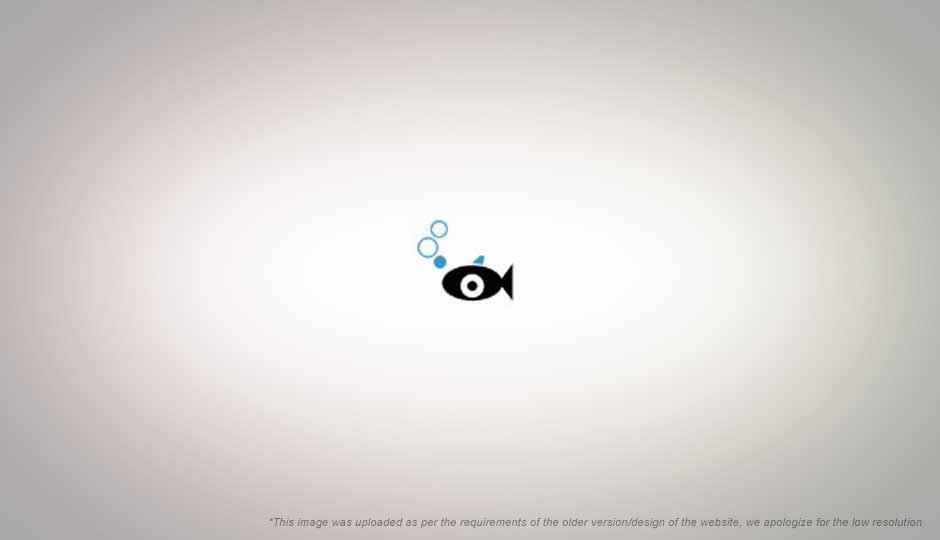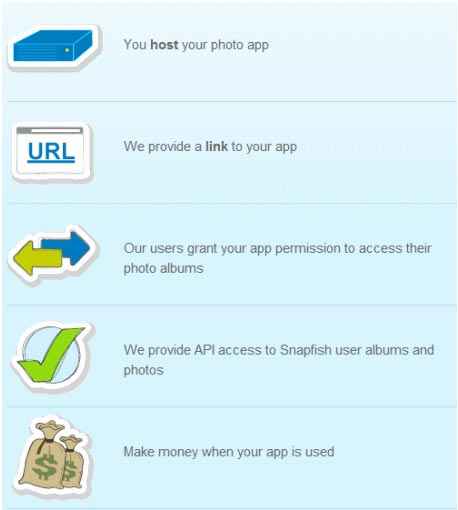Are you a designer or a programmer? HP Snapfish Publisher will enable you to sell your work to over 22 countries

We just got back from an HP press conference, bearing good news for the designers and developers out there. HP Snapfish is going to offer a personal publishing platform very soon. What does this mean for you? Before we delve into that, a little bit on Snapfish:
 Survey
Survey- It’s a 2.5 year old product in India (10 years old in the US) which allows you to print custom mugs, calendars, keychains, mousepads, and so on using your personal photos
- These photos can either be stored online at Snapfish, uploaded from your camera/PC, or even sourced from your Flickr/Twitter/Facebook accounts
- In India, Snapfish has a 900,000 registered userbase. It has more than 85 million registered users worldwide, across 22 countries
- The main audience is women and young couples who would like to print photos of kids, parents, and loved ones on everyday objects
- HP Snapfish will unveil what it terms its Snapfish Publisher program around June/July worldwide and a few months afterwards for India
- Size of the paying market: HP wouldn’t share revenue numbers apart from indicating that it’s in the “hundreds of millions of dollar”. They did share some ancillary stats: Snapfish has registered a 500% growth in prints sales and a 700% increase in photo merchandise since 2005
So what does this mean for you? Essentially, if you are a wiz at Photoshop or are a genius programmer, Snapfish Publisher will let you to leverage that potential 85 million registered base of customers and allow you to sell your creations and apps to this audience. Snapfish Publisher will take care of ensuring that the ordered product reaches the customer and will also offer after-sales support. You only need to worry about coming up with a killer concept and the actual creation.
- You can register at Snapfish, download some templates and get creating. You don’t have to pay HP anything at this point
- You can create templates for every product that Snapfish offers (a little over 50 products) – the aforementioned mugs, mousepads, and so on
- This template is then visible to every buyer
- If the buyer uses your template you get a 70% cut (excluding taxes) of the sale
- NOTE: You have to price your creation at par or above the base price that HP offers. You cannot undersell HP. So if HP sells a printed mug for Rs 229, then you can only sell your template that you have created for a mug at or above Rs 229. You get a 70% cut on the amount you charge above the base. So, if you sell your awesome print for a mug for Rs 300, then you will get a 70% cut on (Rs 300 – Rs 229) = (Rs 71), or about Rs 50 for a sale
- HP claims that the base amount is the cost of manufacturing the product (in this case, the mug) and thus can’t be waived off
- If you sell it on par with HP’s price, you get a 2% cut, instead of a 70% cut
For the programmers
- You can essentially create Open ID-compliant apps for the Snapfish platform
- You register at Snapfish, and download the APIs to get started. Once again, you don’t have to pay anything at this point
- What kind of apps? Anything that leverages the user’s photo content or even photos available elsewhere. For e.g.: your app could drill into the user’s Flickr or Facebook account, gather his/her pics and create a cool collage that the buyer can order as a print or poster
- Since the Snapfish platform uses OpenID, your app can access any OpenID-enabled platform
- Once again, you pocket 70% of the sale amount
- Since an app is a virtual product, you don’t have a base price attached. It can even be sold free of charge
Pricing is where things get a little murky and is perhaps a big part of why Snapfish Publisher is releasing a few months down the line: Snapfish wants to ensure that they get it right. From what we gathered, pricing will vary from country to country and you will be able to change prices on whim – tweaking for that sweet spot between affordable price and profitable price. Your creations will be visible all across the 22 countries and Snapfish will track who has brought your product and in which country. They will send across a report highlighting this, along with a monthly cheque in Rupees (or, the local currency).
Our thoughts on Snapfish Publisher

